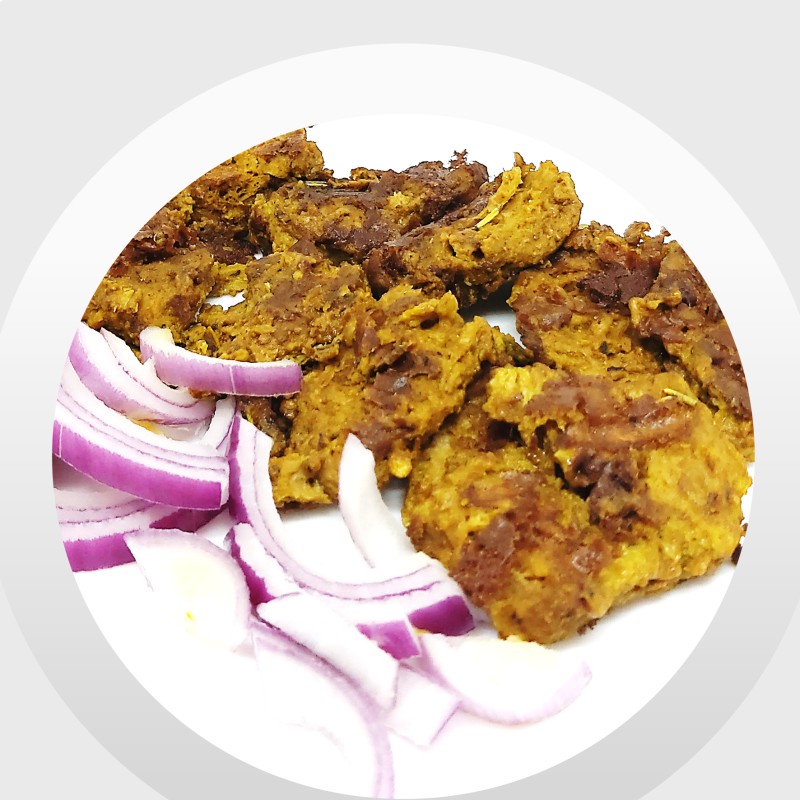“The Caucasus (/ˈkɔːkəsəs/), or Caucasia[3][4] (/kɔːˈkeɪʒə/), is a region between the Black Sea and the Caspian Sea and mainly occupied by Armenia, Azerbaijan, Georgia, and parts of Southern Russia. It is home to the Caucasus Mountains, including the Greater Caucasus mountain range, which has historically been considered a natural barrier between Eastern Europe and Western Asia.
Europe’s highest mountain, Mount Elbrus, at 5,642 metres (18,510 ft) is in the west part of the Greater Caucasus mountain range. On the southern side, the Lesser Caucasus includes the Javakheti Plateau and grows into the Armenian highlands, part of which is located in Turkey.
The Caucasus region is separated into two parts, which fall into two continents, the North Caucasus of Russia (Ciscaucasia) in Europe, and the South Caucasus (Transcaucasia) in Asia, respectively. The Greater Caucasus mountain range in the north is mostly shared by Russia and Georgia, as well as the northernmost parts of Azerbaijan. The Lesser Caucasus mountain range in the south is occupied by several independent states, namely, mostly by Armenia, Azerbaijan, and Georgia, but also extending to parts of northeastern Turkey, northern Iran and the unrecognised Artsakh Republic.” – wikipedia
The Caucasus region is home to the very famous Shashliki grilled skewers. It is a very rustic and herbal préparation that is age old and makes use of intense ingredients such as vinegar and pungent condiments to tenderize and aromatize the meats. We will be trying to recreate as much as possible the experience of this mountainous and grass roots grilled meat flavour.
“Shashlik was originally made of lamb, but nowadays it is also made of pork, beef, or venison, depending on local preferences and religious observances. The skewers are either threaded with meat only, or with alternating pieces of meat, fat, and vegetables, such as bell pepper, onion, mushroom and tomato. In Iranian cuisine, meat for shashlik (as opposed to other forms of shish kebab) is usually in large chunks, while elsewhere the form of medium-size meat cubes is maintained making it similar to brochette. The meat is marinated overnight in a high-acidity marinade like vinegar, dry wine or sour fruit/vegetable juice with the addition of onions, herbs and spices.” – wikipedia
** pour nos lecteurs francophones il est possible de lire l’article en français sur https://fr.lifelovingfoods.com/
…











